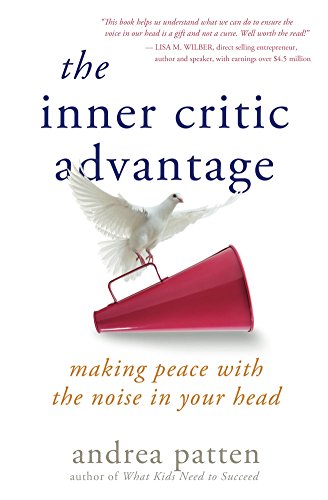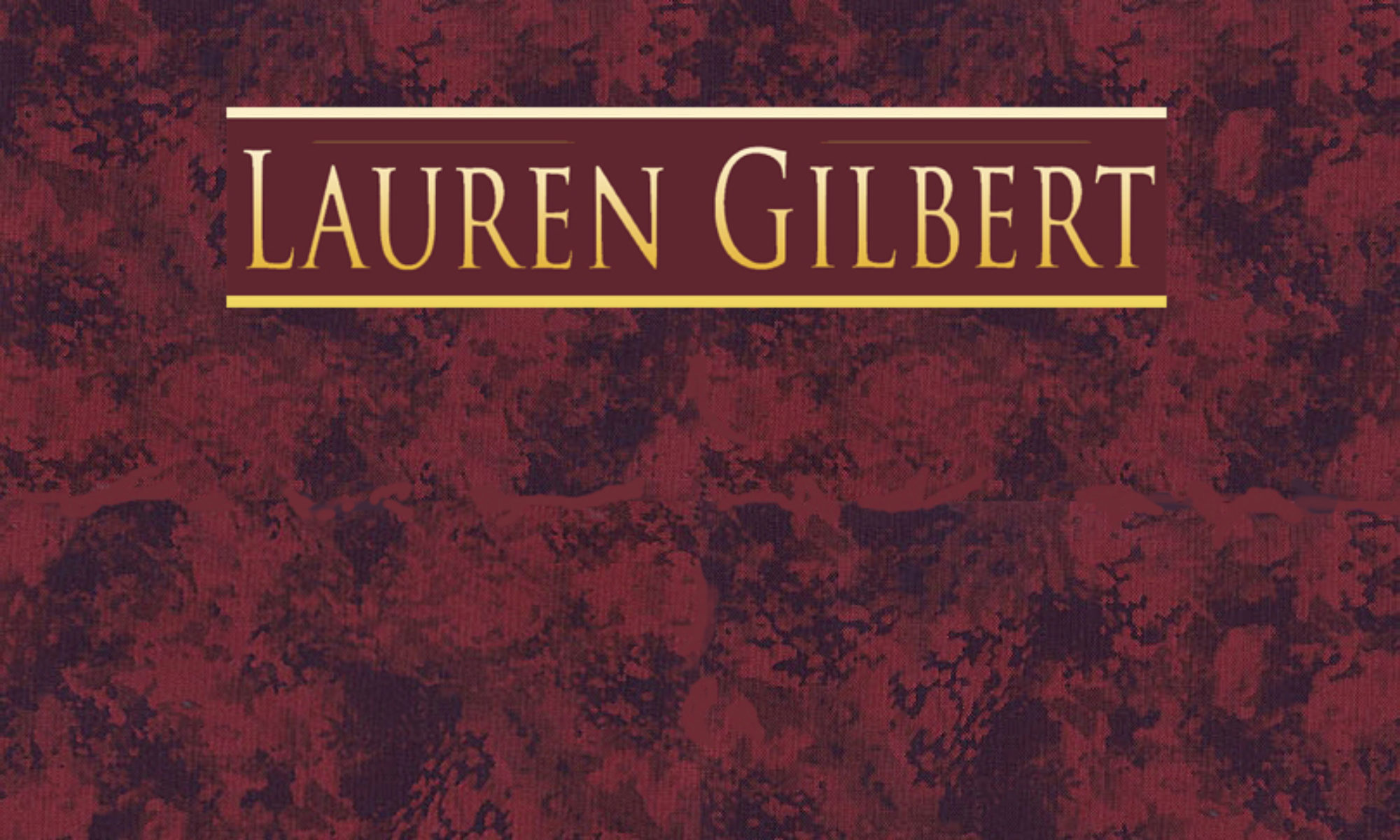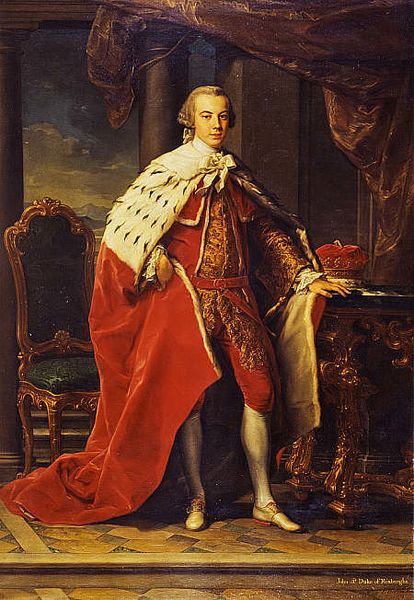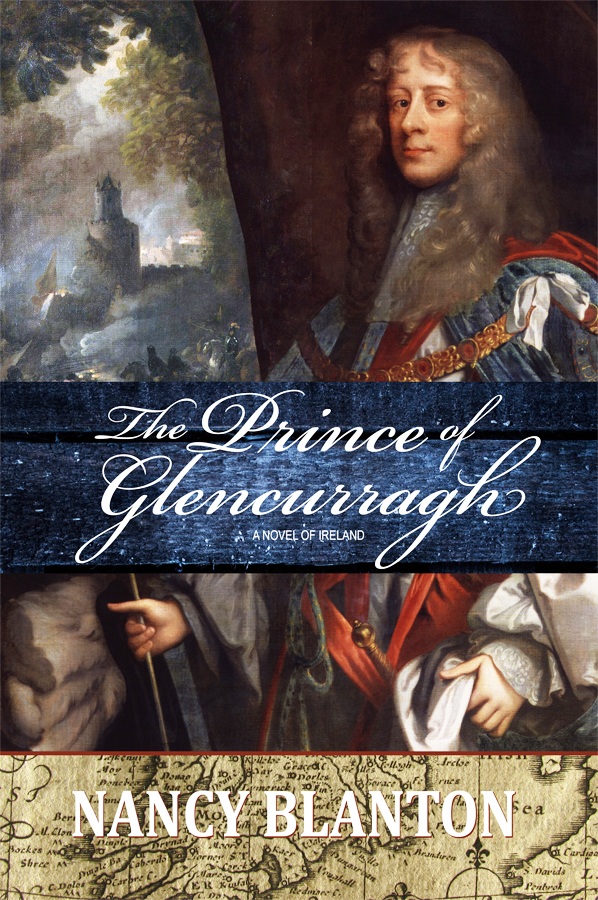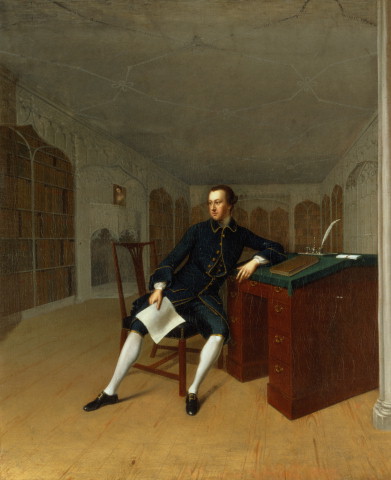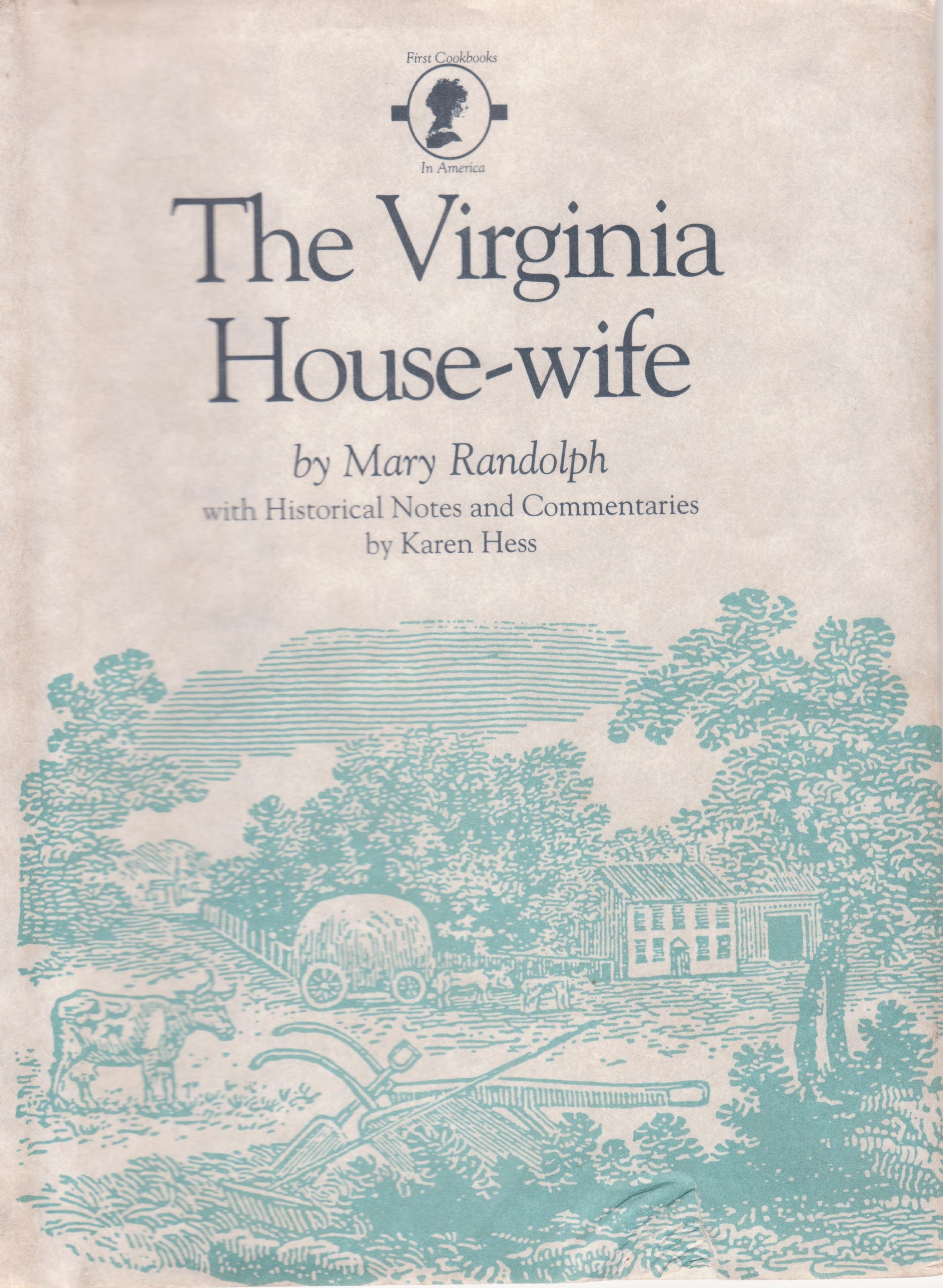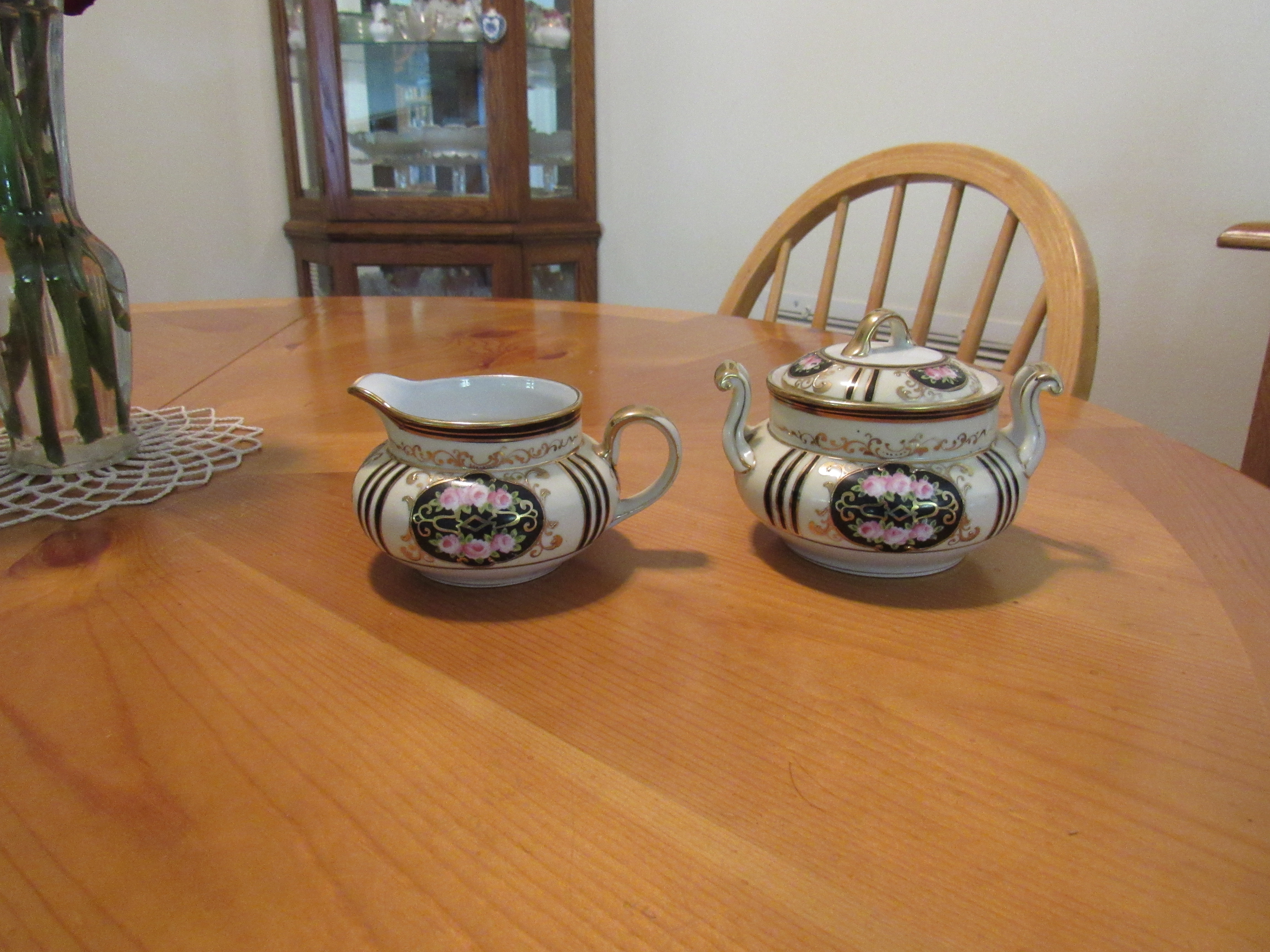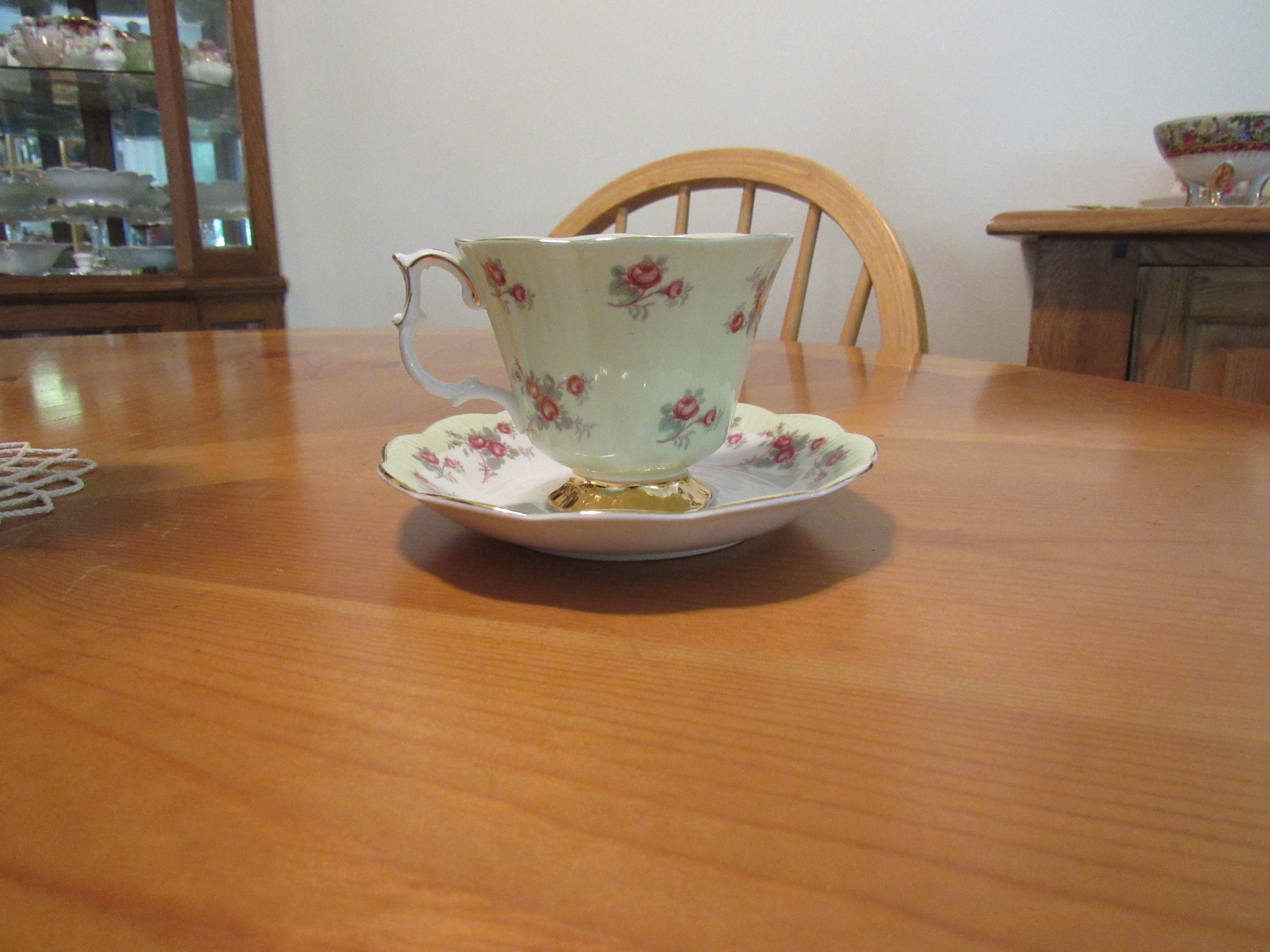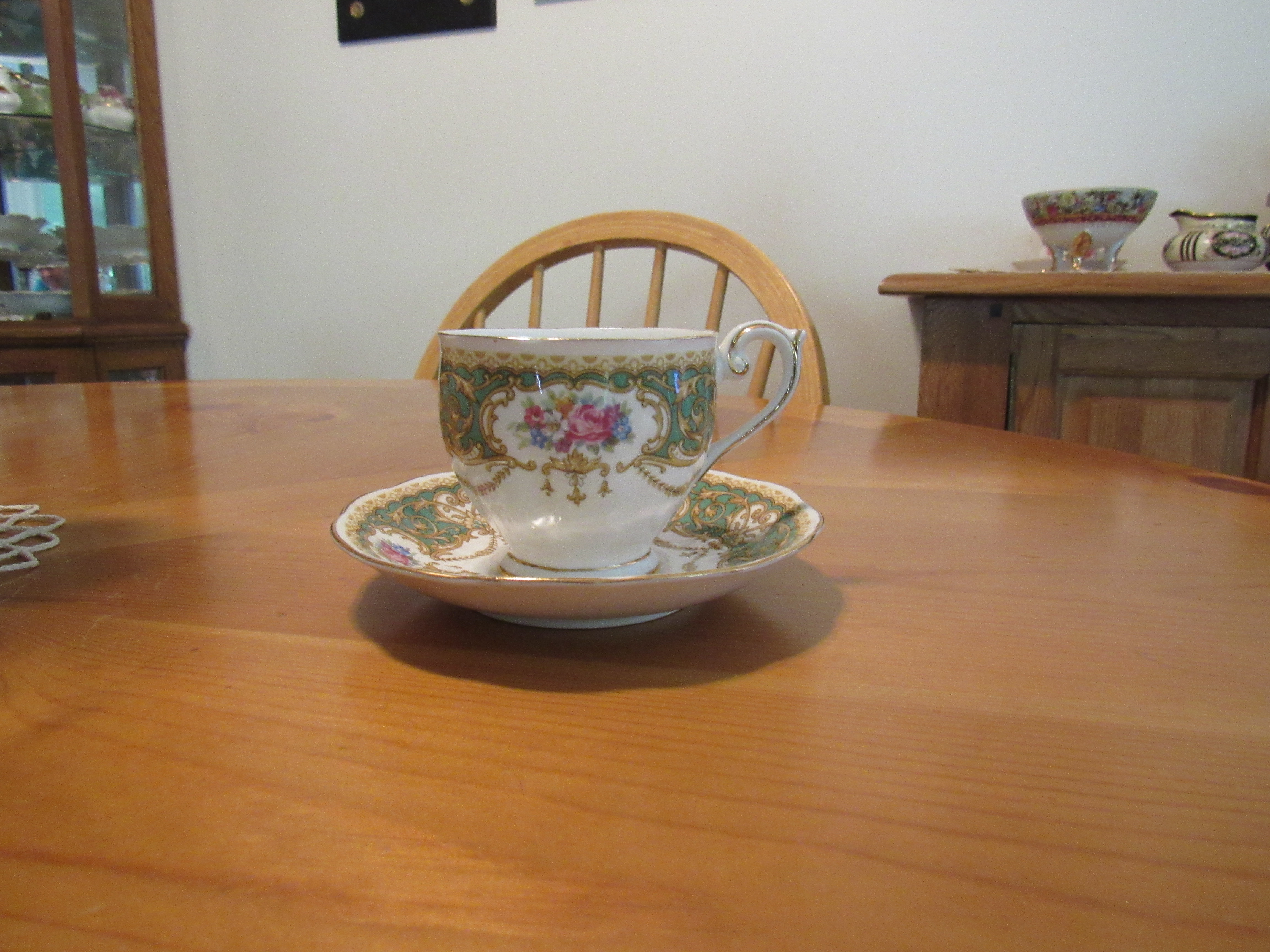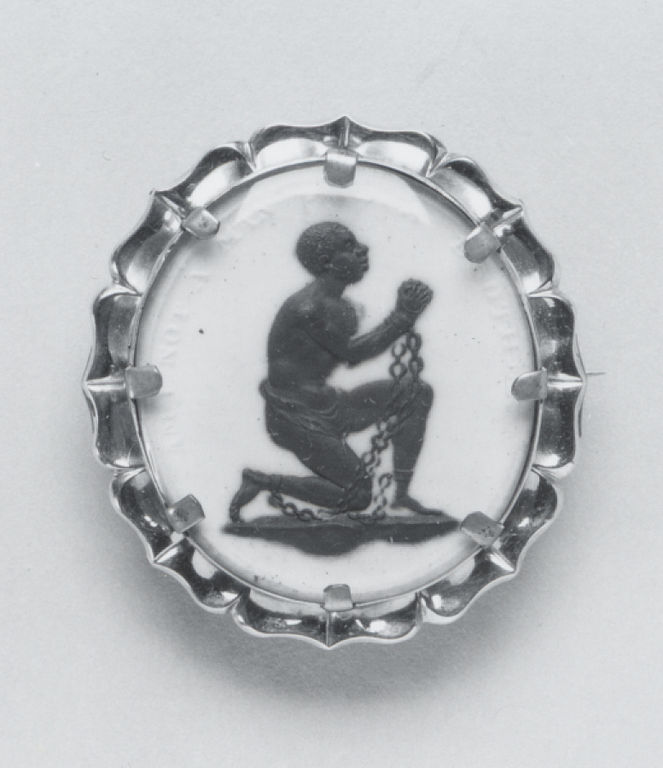
Like many of us, Andrea Patten has been writing books — at least imaginary ones — since she could first hold a crayon. A favorite place to play was her grandmother’s desk with its endless supply of scrap paper from Gram’s classroom projects. “I’d spend hours on my stories, adding colorful covers and carefully stapling each masterpiece together. I loved writing “by Andrea Patten” in my best version of fancy handwriting on those covers.”
So, of course, one of the places her writer’s journey frequently took her was to ghostwriting. So much for the byline, huh?
“I worked for several people whose vision was far more inspiring than their ability to share it. I’m not sure how it happened the first time, but it was never uncommon for my immediate supervisor or her boss to stop by my desk and ask me to “have a look” at a speech, an article, a letter, or a memo before sharing with a wider audience.”
But those experiences helped her learn to write in different styles and voices: a CEO’s speech to motivate the staff required different writing chops than persuading legislators to provide funds for homeless teens.
“I wrote curricula and reports, financial disclosures and direct mail pieces… Brochures, classified ads, grant applications, staff bios, and company histories. It was excellent training and helped me appreciate the impact good writing can have,” says Patten.
Eventually, Andrea started to discover her voice as a writer. It’s honest, straightforward, and often funny.
“I worked in human services for a long time and wanted to continue to help people. I realized that part of that might come from sharing some of the fascinating ideas I’d picked up along the way. What Kids Need to Succeed is a book I wrote for parents, but it includes wisdom from the business world: when setting goals and making plans, start with the desired outcome in mind. Part of that book’s purpose was to help parents stop getting discouraged with day-to-day challenges and think about the bigger picture: raising future adults.”
Her latest release has similar roots. “Everybody talks about the Inner Critic, but most of the available advice doesn’t work. You can try to ignore “that voice” until you’re blue in the face but that’s not enough: the name of the game is to get it on your side… to make it an ally. You can learn to use its’ energy to your advantage.”
And, to anyone who has struggled with an Inner Critic (or Inner Editor or Inner Bully) this is very good news, indeed.
Here’s an excerpt from The Inner Critic Advantage: Making Peace With the Noise in Your Head by Andrea Patten
A few million years ago, when the inner alarm bell sounded, all stress was short-lived: prehistoric primates either responded and escaped or became part of the predator’s buffet. Period. Either way, intense stress did not last long.
Modern stress is different. It’s cumulative — and from the lizard brain’s point of view — relentless. From the jarring sound of the alarm to the gloom and doom news report that accompanies morning coffee, there’s no break. Commuting. Car horns. Caffeine. Kardashians. And that’s even before you get to work.
Most of us don’t pay attention to regular, vanilla stress. It gets stuffed because we think we should be able to handle it. We tamp it down or ignore it and assume we should be able to just power through.
Can you imagine the impact this has on the primitive part of the brain? From that perspective, we’re ignoring death threats which tends to make it cranky. Louder. More insistent. No wonder it wants to take over — you’re not paying attention and giving it relief.
Remember, the survival center’s job is to alert us to potential threats: it is NOT for deep thinking, nuance, delicate wording or high-level negotiation.
Continuing to ignore the needs of our primitive brains can lead to chronic stress, making us unreasonable and sometimes causing arguments. I don’t think that’s what it intends to do — it’s really just the old brain’s way of trying to get your attention.
To help you. When trying to get along with people at work or seeking compromise with a loved one, we need to get that thing tucked in.
Despite the problems it has caused for you, there’s much to respect and appreciate about that old brain. It:
• loves you and wants to keep you safe,
• is part of your hardwired survival mechanism,
• constantly scans your environment for threats, and • will not back down until it has been heard.
It takes hard work and a special sort of mindfulness to turn an Inner Critic into an ally, but do you have what it takes to turn it into an advantage?
##
Check with your local indie bookstore for the softcover version of The Inner Critic Advantage: Making Peace With the Noise in Your Head by Andrea Patten. It is also available in e-book or softcover on amazon.com
Here is the Amazon link for all US formats.
Here is the link for Amazon UK. 